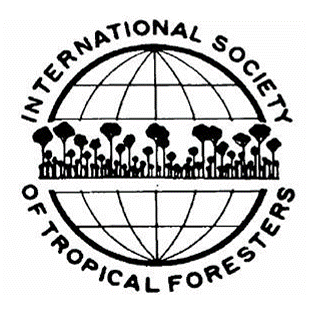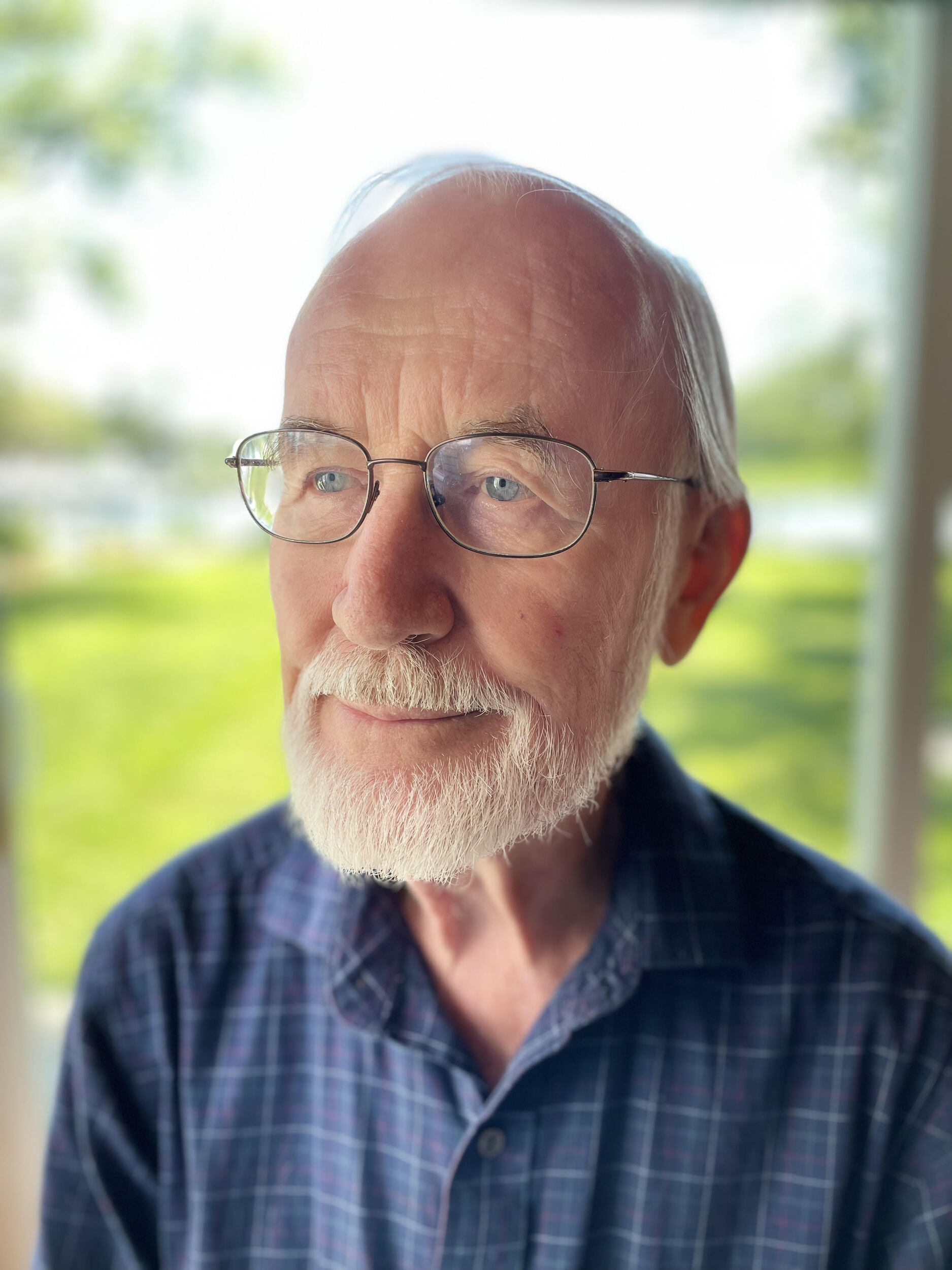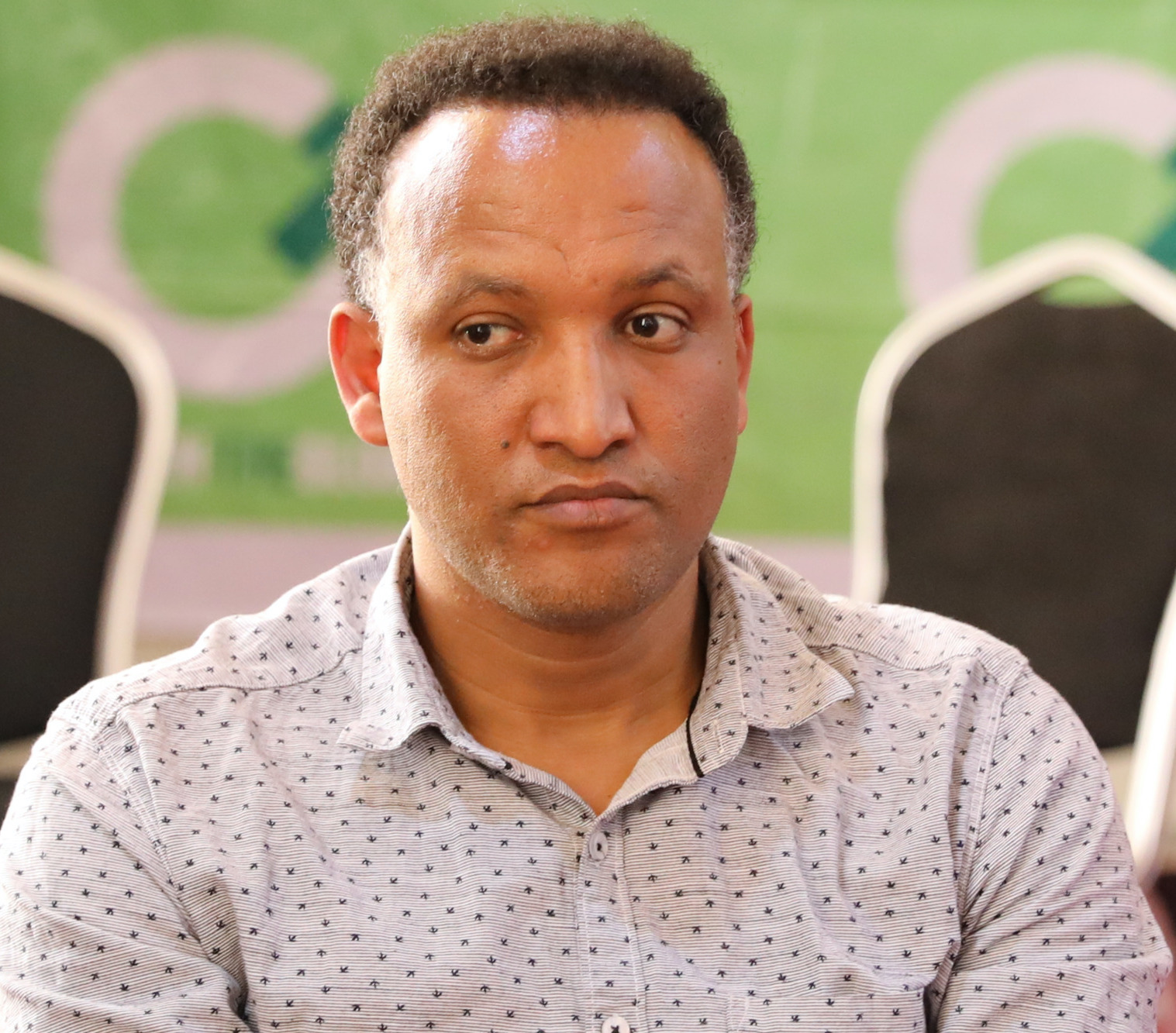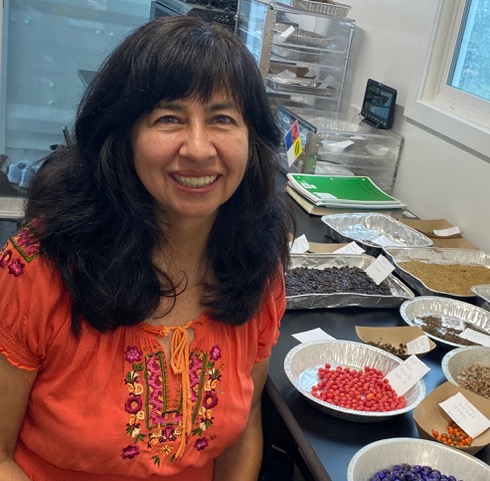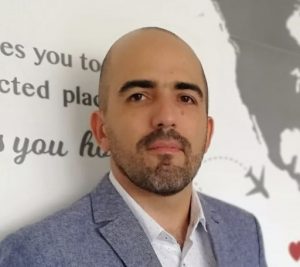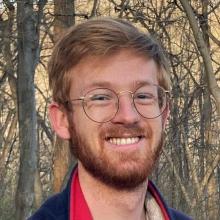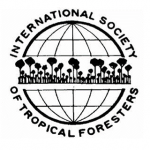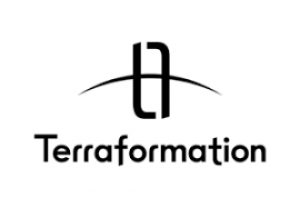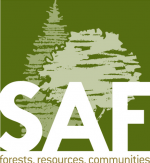Invitation to regional encounters with ISTF Members /Invitación al los encuentros regionales con miembros de la ISTF. 10, 16, 26 April/abril
Invitation to regional encounters with ISTF Members /Invitación al los encuentros regionales con miembros de la ISTF. (all members of ISTF are welcome, to any session whatever their region; todos los miembros de ISTF están bienvenidos a cualquier sesión, de cualquier región).
The ISTF Americas Member Encounter in ENGLISH will be held on Wednesday 10 April 2024 The encounter will be held at 23:00-01:00 UTC; 20:00-22:00 Belem, Brazil; 19:00 -21:00 EDT and Puerto Rico; 18:00-20:00 CDT and Panamá; 17:00-19:00 MDT and México D.F; 16:00-18:00 PDT. (Find the time in your time zone at https://www.timeanddate.com/worldclock/converter.html.) The purpose of the meeting is to share our observations and concerns about forestry issues in our countries. Register at THIS LINK. You will be able to register for the meeting up to 2 hours before the event. The deadline to indicate you would like to give a short talk is 6 Apr 2024 on the registration form. Send any questions to tropicalforesters@gmail.com . The Zoom link will be sent before the meeting.
Agenda:
1st hour: Short presentations ISTF Board/Members about recent activities and/or key forestry issues in their countries.
2nd hour: Open discussion among members about the presentations and other topics of interest.
The ISTF Asia-Pacific Members Encounter IN ENGLISH will be held on Tuesday 16 April 2024 at 08:00-10:00 UTC; 20:00-22:00 Fiji; 16:00-18:00pm Philippines and China, 13:30-15:30pm India, 13:45-15:45pm Nepal; 11:30-13:30 Iran. (Check the time in your time zone at https://www.timeanddate.com/worldclock/converter.html.) The purpose of the meeting is to share our observations and concerns about forestry issues in our countries. Register at THIS LINK. You will be able to register for the meeting up to 2 hours before the event. The deadline to indicate you would like to give a short talk is 10 Apr 2024 on the registration form. Send any questions to tropicalforesters@gmail.com . The Zoom link will be sent before the meeting.
Agenda:
1st hour: Short presentations ISTF Board/Chapters/Members about recent activities and/or key forestry issues in their countries.
2nd hour: Open discussion among members about the presentations and other topics of interest.
El Encuentro de ISTF para las Américas EN ESPAÑOL se celebrará el martes el 16 de abril 2024 a las 22:00-24:00 UMT+0; 19:00-21:00 Belém, Brasil, 18:00-20:00 EDT y Puerto Rico; 17:00-19:00 Panamá y y Ecuador y CDT; 16:00-18:00 México D.F. y MDT; 13:00-15:00 Tijuana y PDT. (Busca para la hora en su zona en https://www.timeanddate.com/worldclock/converter.html.) La reunión será en español. El propósito de la reunión es compartir nuestras observaciones y preocupaciones sobre asuntos forestales en nuestros países. Por favor, registrase en ESTE ENLACE. Puede registrar para la reunión hasta dos horas antes del evento. La fecha limitada para indicar les gustaría hacer una presentación corta es el 10 abril de 2024 en el formulario. Envía sus preguntas a tropicalforesters@gmail.com. Enviamos el enlace para la reunión en Zoom antes de la reunión.
Agenda:
1ra hora: Presentaciones cortas de la Junta de ISTF/Capítulos/Miembros sobre sus actividades recientes y/o problemas fundamentales forestales en sus países.
2da hora: Discusión abierta entre los miembros sobre las presentaciones y otros tópicos de interés.
The ISTF Africa/Europe Members Encounter in ENGLISH will be held on Friday 26 April 2024 at 14:00-16:00 UTC+0; 17:00-19:00 Kenya, 16:00-18:00 Rwanda and CEST, 15:00-17:00 Nigeria and BST, 14:00-16:00 Ghana. (Check the time in your time zone at https://www.timeanddate.com/worldclock/converter.html.) The purpose of the meeting is to share our observations and concerns about forestry issues in our countries. Register at THIS LINK. You will be able to register for the meeting up to 2 hours before the event. The deadline to indicate you would like to give a short talk is 20 Apr 2024 on the registration form. Send any questions to tropicalforesters@gmail.com . The link for the Zoom meeting will be sent before the meeting.
Agenda:
1st hour: Short presentations ISTF Board/Chapters/Members about recent activities and/or key forestry issues in their countries.
2nd hour: Open discussion among members about the presentations and other topics of interest.
We will be scheduling a meeting for ISTF members in French for July or August. / Nous planifierons une réunion pour les membres de l’ISTF en français en juillet ou en août.
